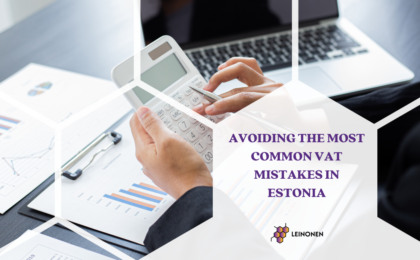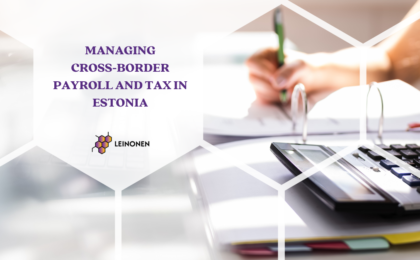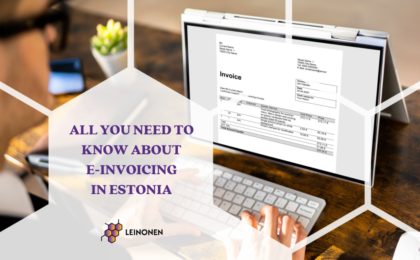There is no debate when it comes to price discounts applicable upon the moment of sale. Pursuant to § 12 (8) of the Value Added Tax Act, taxable value shall not include price discounts offered to a customer if such discounts are applied for commercial purposes at the time of selling the goods or providing the services. The matter at hand becomes complicated in a situation where the discount is indeed applied for commercial purposes but only when a specific condition is met. For example, a price discount applies to the amount of goods purchased over an entire year. The more goods the customer buys, the bigger the discount that applies. The application of such a discount is only determined after the passing of a specific period and upon the fulfilment of a specific condition.
When proceeding from the opinion of the tax administrator, which is set out on its website in the form of instructive guidelines, if a discount is applied after the sale of goods or the provision of a service, the taxable value of the goods or service can be changed pursuant to § 29 (7) of the Value Added Tax Act if the taxable person cancels an invoice submitted in relation to goods or services or submits a credit invoice. A credit invoice may only be submitted with regard to the specific invoice(s) referred to on the credit invoice. Both the seller and the purchaser shall indicate the corresponding amendments in the value added tax return submitted concerning the taxable period during which the invoice was cancelled or the credit invoice was submitted.
The taxable value of goods cannot be changed if, at the end of the year, a certain amount is transferred to the purchaser of goods or services as a bonus and a credit invoice is not submitted in relation thereto with a reference to the invoice(s), whereas the taxable value of the goods or services indicated in the latter shall be changed.
If the purchaser of goods or services submits a so-called bonus invoice and respectively adds the value added tax, the recipient of the invoice will experience problems deducting the input value added tax thereon. When doing so, the goods or services being acquired must be unambiguously understandable and the relation of the goods or services to the taxable supply must be indicated. Therefore, such bonus invoices should only be considered to constitute accounting records which do not bring about changes in accounting for value added tax.
It must be noted that taxpayers who are aware of the analysis provided in Judgment no. 3-08-1863 of Tallinn Circuit Court should exercise caution, as the tax administrator is not willing to grant concessions when deducting input value added tax on the basis of the aforesaid judgment. In this judgment, the court arrived at the opinion that in terms of value added tax, it makes no difference whether the seller draws up a credit invoice or the purchaser submits a counter-invoice with value added tax. The important aspect is for both parties to change their accounting for value added tax. The opinion of the tax administrator is that input value added tax is not returned to the payer of the invoice upon the submission of a counter-invoice.
In summary, it can be said that when it comes to bonuses for a specific period and transferring money to the recipient of the bonus at the end of the year, it is recommended that you do not make any changes in accounting for value added tax at all. Taxpayers should accept the fact that they have paid extra value added tax to the state. However, should they wish to reduce the taxable supply, they should draw up credit invoices rather than have the recipient of the bonus submit a counter-invoice as permitted in the judgment referred to above.



